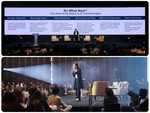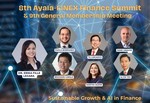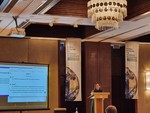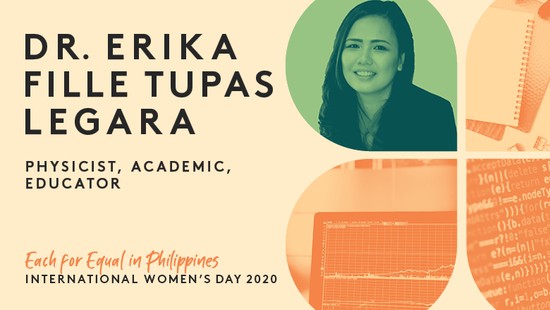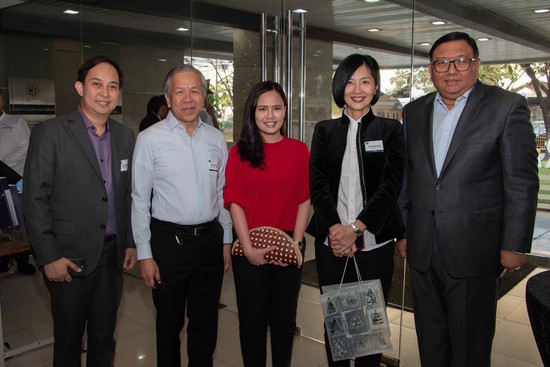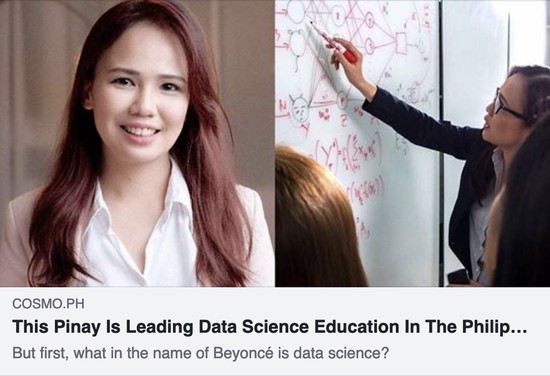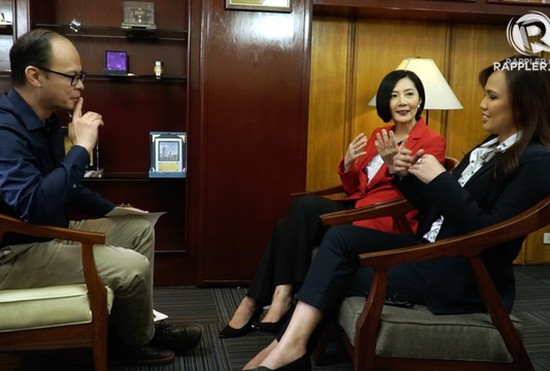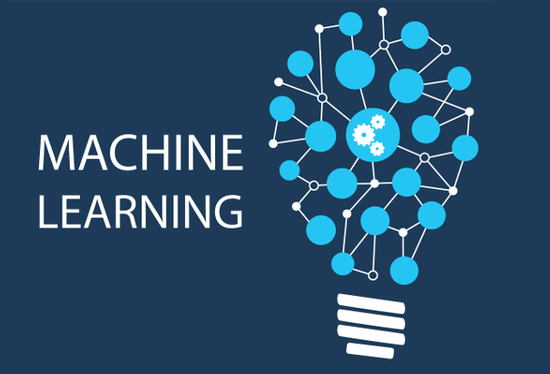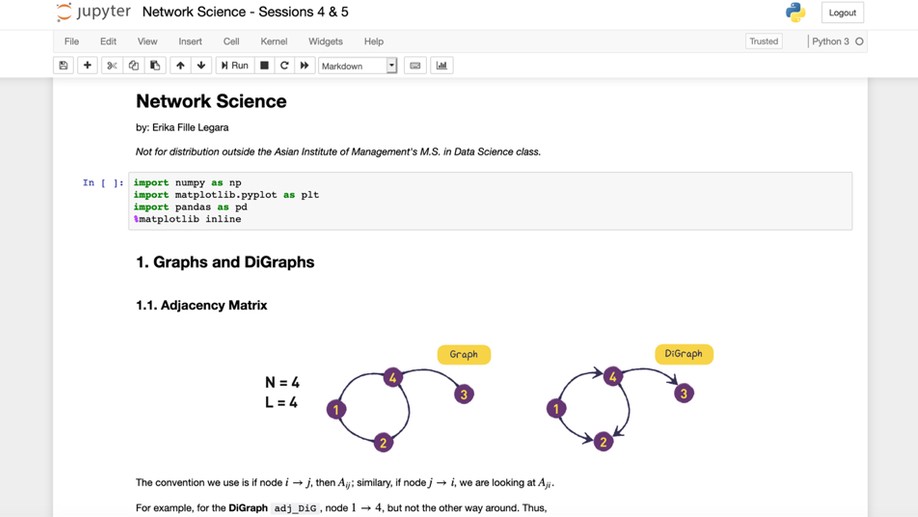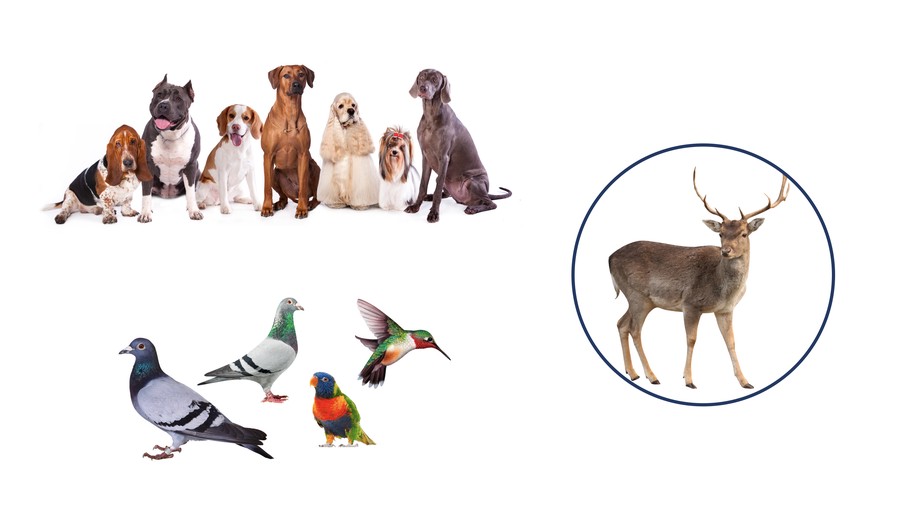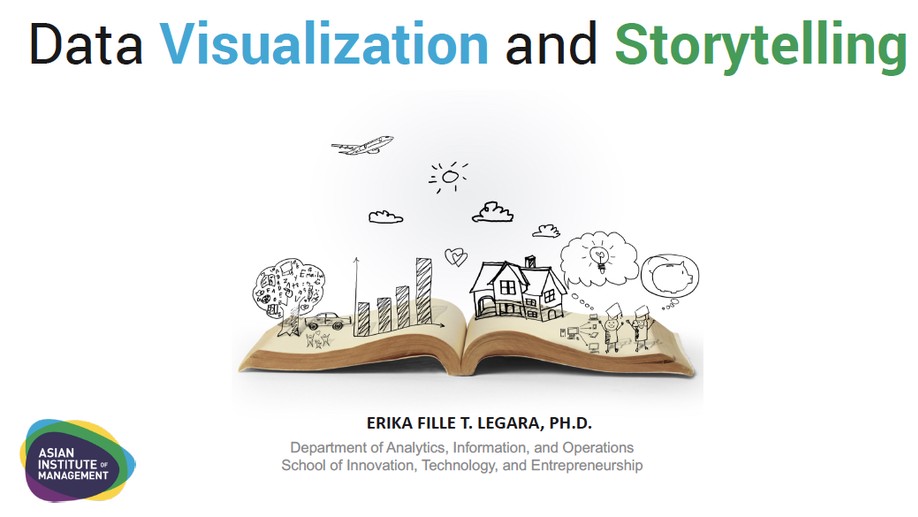Biography
Erika Fille T. Legara is a scientist, educator, and advisor on data science and AI. She serves as the inaugural Managing Director and Chief AI and Data Officer of the Philippine’s Center for AI Research. Erika is an Associate Professor (on professional development leave) at the Asian Institute of Management, where she was invited to design the curriculum for the country’s first Master of Science in Data Science program and subsequently appointed as its inaugural Academic Program Director (2017-2024) and holds an Aboitiz Chair in Data Science. She sits on the Board of Directors of RCBC, a IAPP Certified AI Governance Professional, and Fellow at the Instiute of Corporate Directors. Recognized as an Outstanding Young Scientist by the National Academy of Science and Technology in 2020, Erika is also a TOYM and TOWNS awardee, and an Asia 21 Young Leader (Class of 2022).
Interests
- Artificial Intelligence
- Data Science
- AI Governance
- Complex Systems Science
- Network Science
Education
-
Smart Policy Design, 2021
Harvard Kennedy School of Government
-
PhD in Physics, 2011
University of the Philippines
-
MSc in Physics, 2008
University of the Philippines
-
BSc in Physics, 2006
University of the Philippines









